Innovate Like Tesla: The Balanced Scorecard Roadmap
- J-F
- Oct 28, 2023
- 3 min read
Updated: Feb 12, 2024
In today’s dynamic business world, it’s pivotal to have a comprehensive tool that not only gauges performance but promotes behaviors fostering growth and innovation. Enter the Balanced Scorecard—a transformative instrument for businesses navigating the intricate modern landscape.

What is the Balanced Scorecard?
Developed by Dr. Robert Kaplan and Dr. David Norton in the early 1990s, the Balanced Scorecard emerged as a revolutionary performance measurement framework. It paints a balanced picture of an organization’s performance, transcending the limitations of traditional financial measures.
The Four Perspectives:
Financial Perspective: How Do We Look to Shareholders?
Traditional Metrics: Prioritize metrics like cash flow, sales growth, and return on equity.
Operational vs Financial: While operational enhancements are crucial, they don’t always directly translate to improved financial results.
Tips to Bridge the Gap: Employ integrated dashboards to merge operational and financial data. Facilitate interactions between finance and operations teams for alignment. Use scenario analysis to gauge the financial impact of operational shifts and set clear KPIs that reflect both operational and financial targets.
Customer Perspective: How Do Customers Perceive Us?
This viewpoint translates company missions concerning customer value into measurable parameters such as delivery lead time, quality, and overall cost to the customer.
Internal Business Processes: What Must We Excel At?
This angle delves into the efficiency of the processes that impact customer satisfaction and operational excellence. Inaccuracies can cause disparities between operational achievements and financial gains.
Learning & Growth: Can We Continuously Improve and Create Value?
Emphasizes the organization’s ability to adapt, innovate, and learn in a changing market.

Implementing the Balanced Scorecard for Business Transformation:
Set Clear Objectives: Define distinct objectives for each quadrant. For example, in the Financial domain, consider goals beyond just profitability, like expanding market share.
Choose Relevant Metrics: Select key performance indicators (KPIs) that aptly measure the set objectives. These could range from customer acquisition rates to internal process efficiencies.
Data Collection: Use advanced tools, like simulation and cost modeling, to collect data on each KPI.
Analyze and Interpret: Regularly scrutinize the data to discern patterns and determine the efficacy of current strategies. Anomalies can indicate the need to reexamine strategic assumptions.
Initiate Actions: Deploy targeted initiatives based on your insights. For instance, capitalizing on operational improvements may involve expanding sales or launching new products.
Establish Feedback Loops: Constantly monitor outcomes and solicit feedback, ensuring alignment with strategic objectives.
Revisit and Revise: Periodically reevaluate the Balanced Scorecard framework, ensuring its continued relevance in the face of evolving business conditions.
Benefits of the Balanced Scorecard in Business Transformation:
Holistic Perspective: Merges various viewpoints, offering a panoramic view and breaking traditional barriers.
Strategy Alignment: Assures alignment of daily operations with overarching goals, safeguarding balanced growth.
Enhanced Decision-Making: By integrating the financial, customer, internal process, and growth perspectives, managers gain a rounded view for informed decision-making.
Promotes Continuous Improvement: Reminds businesses of the importance of ceaseless innovation and enhancement.
Illustrative Example: Tesla Motors and the Balanced Scorecard
Tesla, a leading electric vehicle and clean energy company, could harness the Balanced Scorecard to refine its strategic planning and execution. Here’s how an application might look:
Financial: Tesla has always been ambitious. Suppose in one of its fiscal years, the company set a goal to increase its profit margins from the sale of its cars by 10% within a year, looking to improve manufacturing efficiency and capitalize on economies of scale.
Customer: Tesla’s vehicles are not just about transportation but an experience. Tesla may set a target to achieve a 95% customer satisfaction rate, gauging metrics such as vehicle performance, Autopilot functionality, and after-sales service.
Internal Business Processes: To improve the delivery timeframes of its vehicles, Tesla could seek to optimize its production line processes, reducing any identified inefficiencies in the assembly and final testing stages.
Learning & Growth: Tesla thrives on innovation. A potential goal here would be to dedicate 25% of its annual budget to R&D, striving to introduce groundbreaking enhancements in battery technology or charging solutions.
By hypothetically using the Balanced Scorecard, Tesla could ensure they’re not just manufacturing top-tier electric vehicles but are also staying ahead in customer satisfaction, operational efficiency, and technological innovation. By the end of this illustrative year, Tesla would not only be aiming to see increased profit margins but also aiming for rave reviews from customers and exciting advancements in their tech lineup.
Balancing Today’s Needs with Tomorrow’s Goals: The Power of the Balanced Scorecard
The Balanced Scorecard, with its multidimensional approach, ensures organizations maintain equilibrium between current needs and long-term visions. By amalgamating traditional financial metrics with customer-centric, operational, and future-oriented measures, it furnishes businesses with a robust toolset, catalyzing transformation and ensuring sustained growth.
Want more insights like this? 🚀 Subscribe to our newsletter and stay ahead in the world of business transformation!




Comments